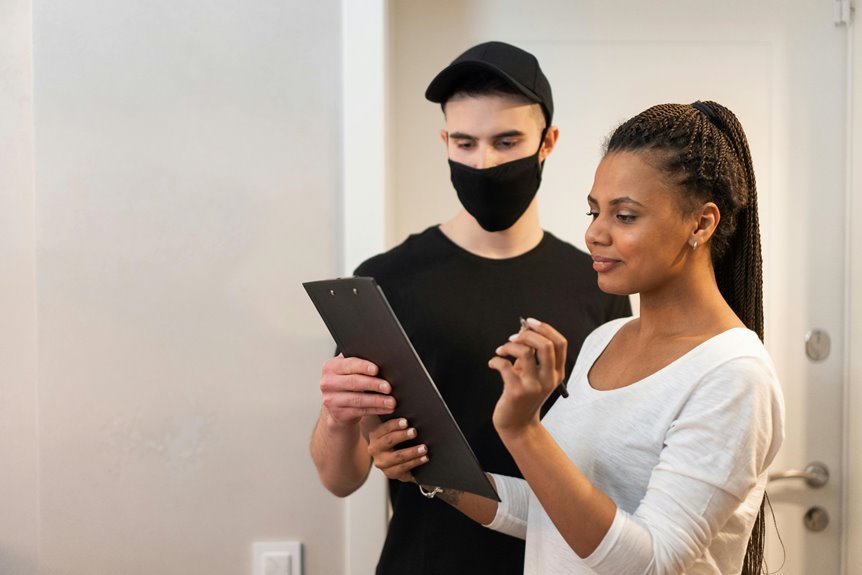Investigate Suspicious Contact Verification Service 3515850745 3277594224 3533685237 3511516879 3459396008 3336002364

The investigation into suspicious contact verification services linked to numbers such as 3515850745, 3277594224, and others reveals significant concerns regarding potential threats and fraudulent activities. Analyzing these numbers through established databases and calling patterns can expose red flags. Understanding the implications of repeated call attempts or unusual dialing behavior is essential. This analysis raises critical questions about the legitimacy of such contacts and the broader implications for personal privacy and security. What measures can be taken next?
Understanding the Risks of Suspicious Contact Numbers
How can one accurately assess the risks associated with suspicious contact numbers?
Evaluating suspicious calls requires scrutinizing number origins to identify patterns linked to fraud or scams.
By examining call logs and utilizing verification services, individuals can discern the legitimacy of incoming communications.
This proactive approach empowers users to safeguard their personal information and maintain their freedom in an increasingly interconnected world.
Analyzing Specific Numbers and Their Potential Threats
While many individuals may receive calls from unknown or suspicious numbers, it is crucial to analyze these specific numbers to uncover their potential threats.
Suspicious number analysis reveals patterns that may indicate potential fraud indicators, such as repeated call attempts or unusual dialing prefixes.
Understanding these elements helps individuals safeguard their privacy and financial security against possible scams and fraudulent activities.
Methods for Verifying Contact Legitimacy
To ensure contact legitimacy, individuals can employ various verification methods that systematically assess the authenticity of incoming communications.
Effective contact validation techniques include cross-referencing caller information with trusted databases and utilizing digital identity verification tools.
These approaches not only enhance confidence in communication but also reduce the risk of fraud, empowering individuals to maintain their freedom and safeguard personal information against potential threats.
Best Practices for Protecting Your Privacy and Security
Effective methods for verifying contact legitimacy lay the groundwork for further safeguarding personal information.
Implementing robust privacy protection strategies, such as using encrypted communication channels and regularly updating passwords, enhances security measures.
Additionally, being vigilant about unsolicited messages and employing multi-factor authentication can significantly reduce risks.
Ultimately, these best practices empower individuals to maintain control over their sensitive information and foster a secure digital environment.
Conclusion
In conclusion, the investigation of suspicious contact numbers highlights the importance of vigilance in identifying potential fraud. By employing verification methods and analyzing calling behaviors, individuals can safeguard their personal information effectively. As the threat landscape continues to evolve, one must ask: how prepared are we to protect ourselves from emerging scams? Ultimately, staying informed and proactive is essential in maintaining privacy and security in an increasingly interconnected world.




